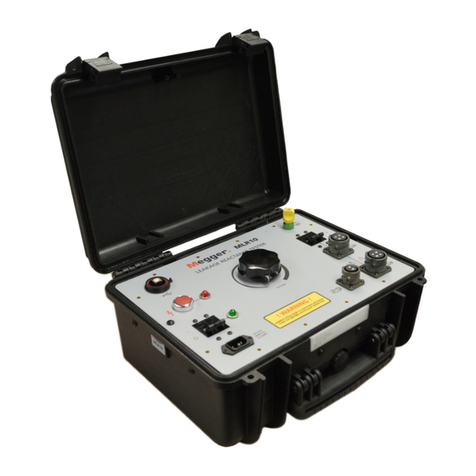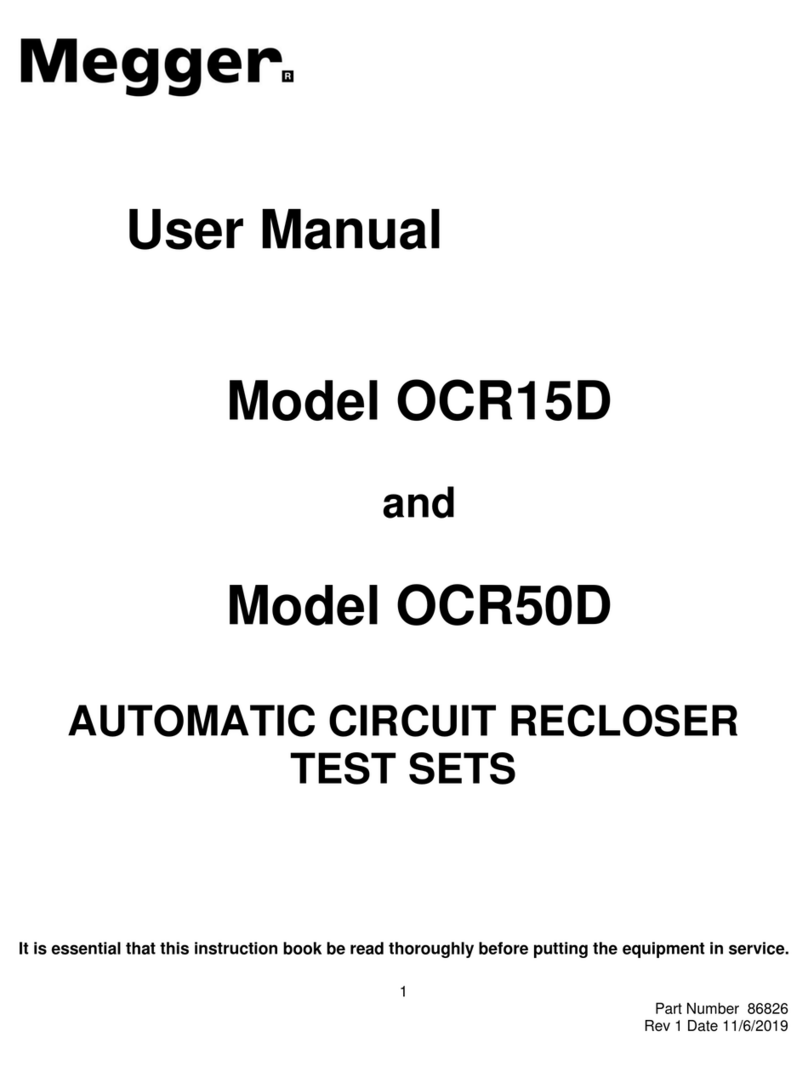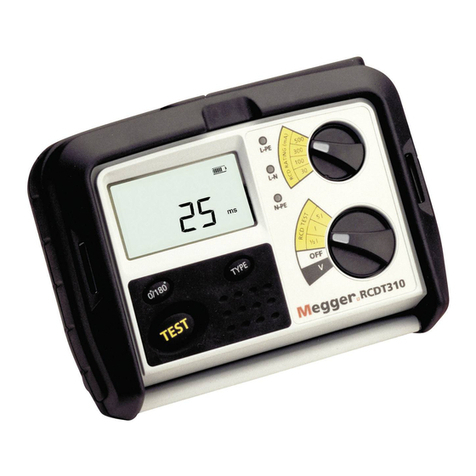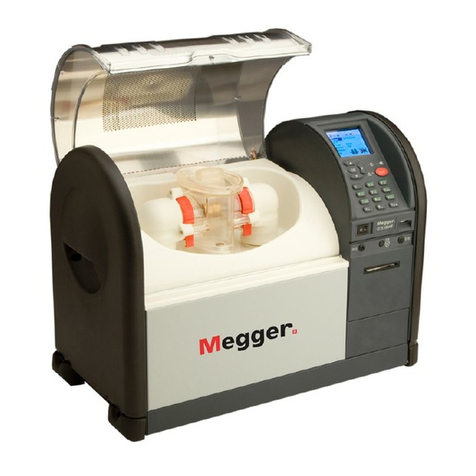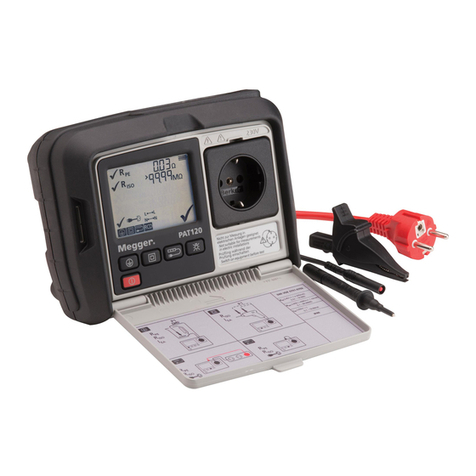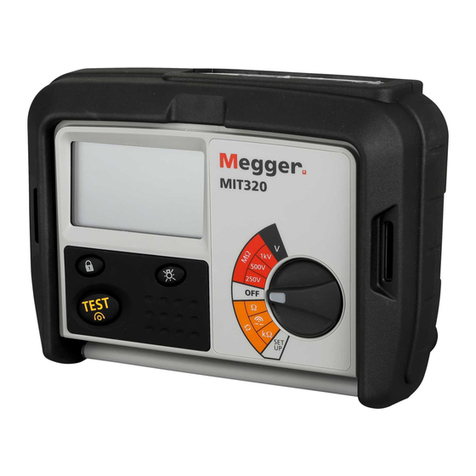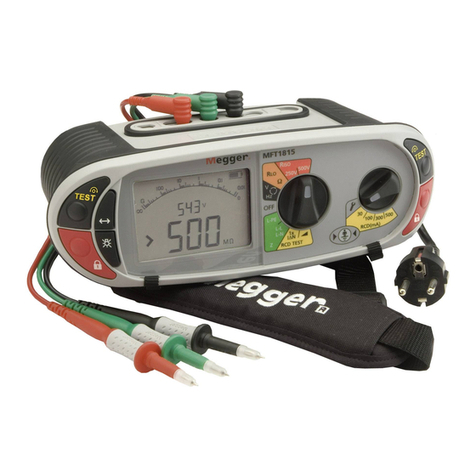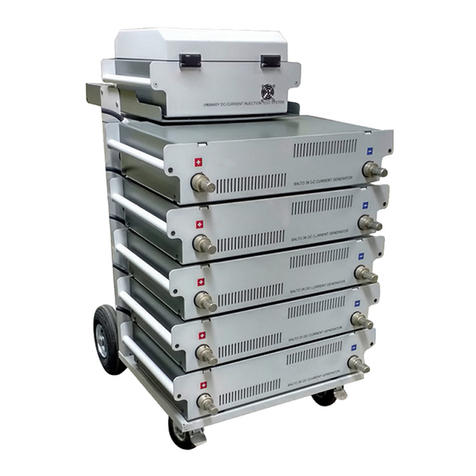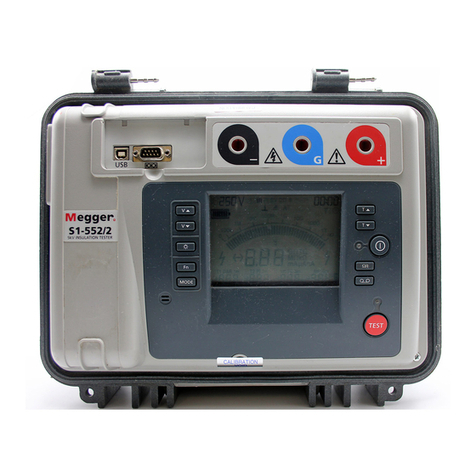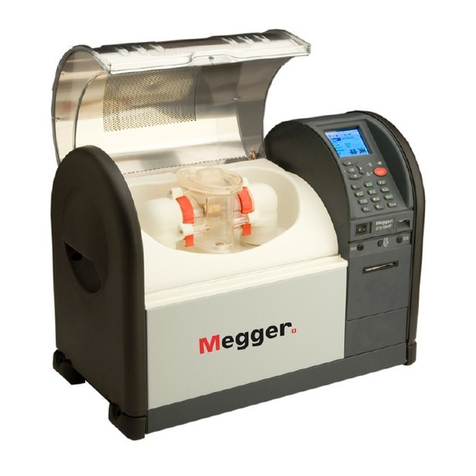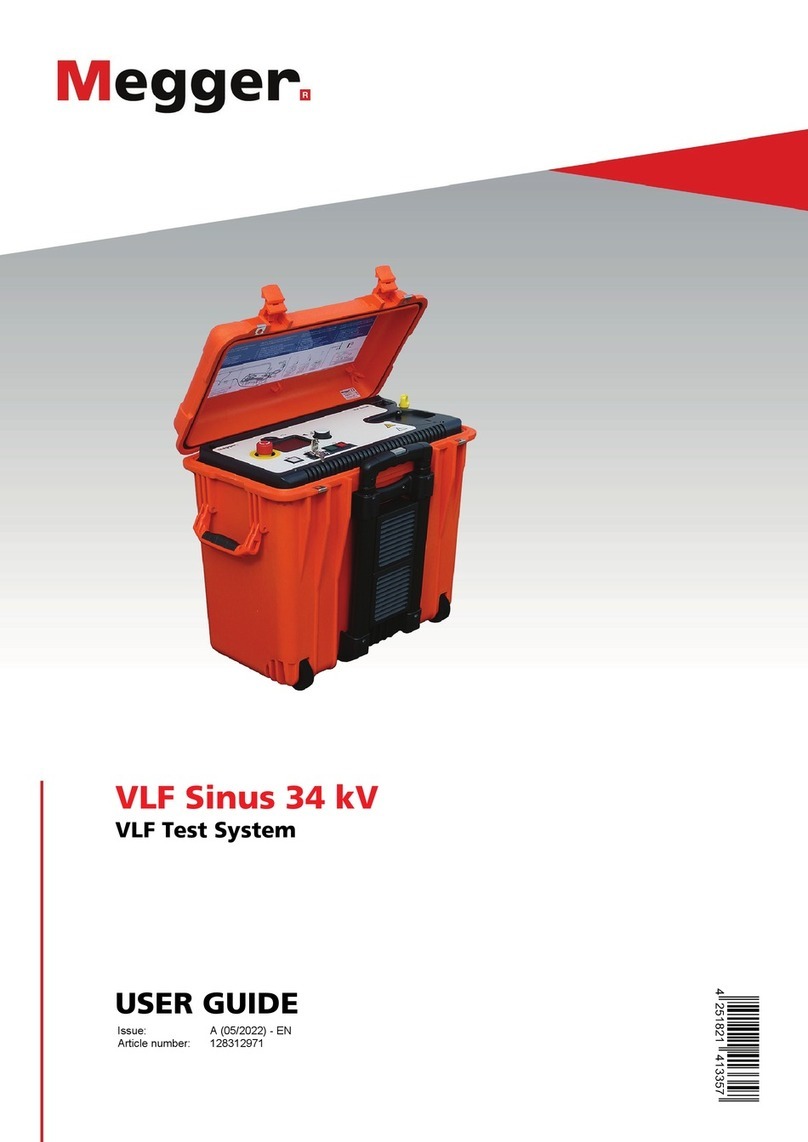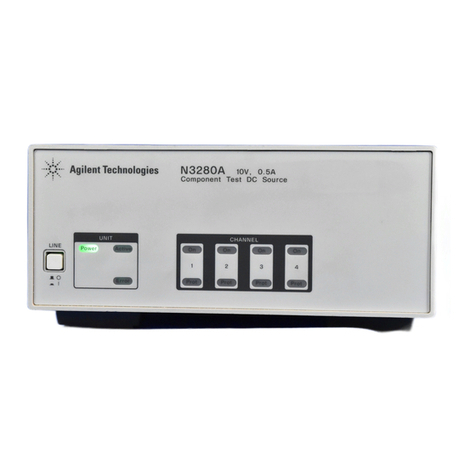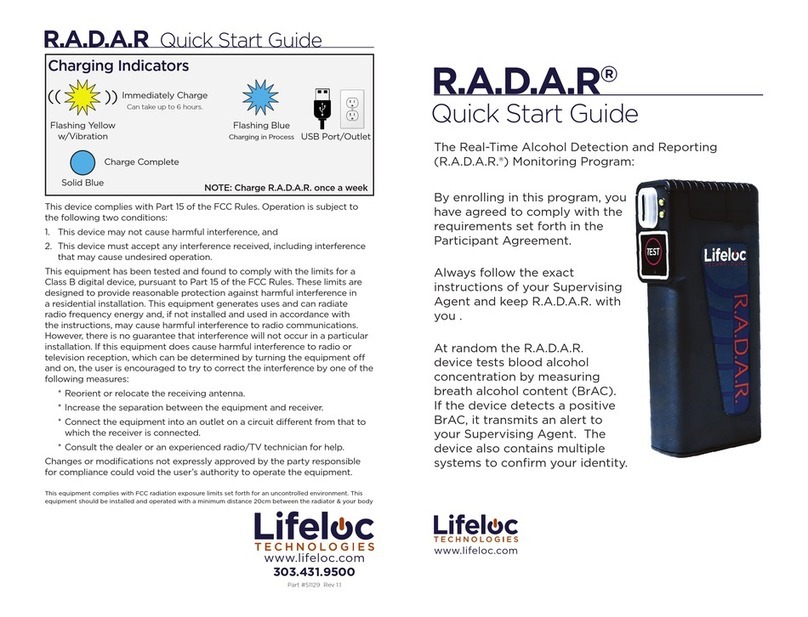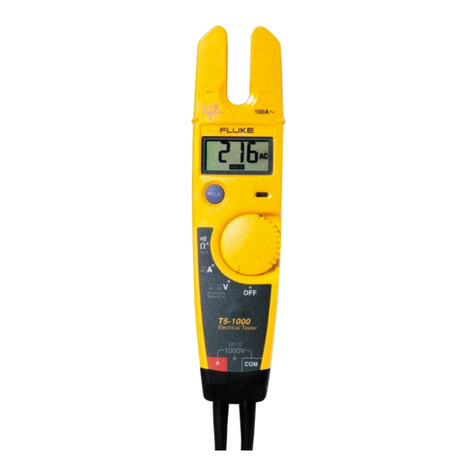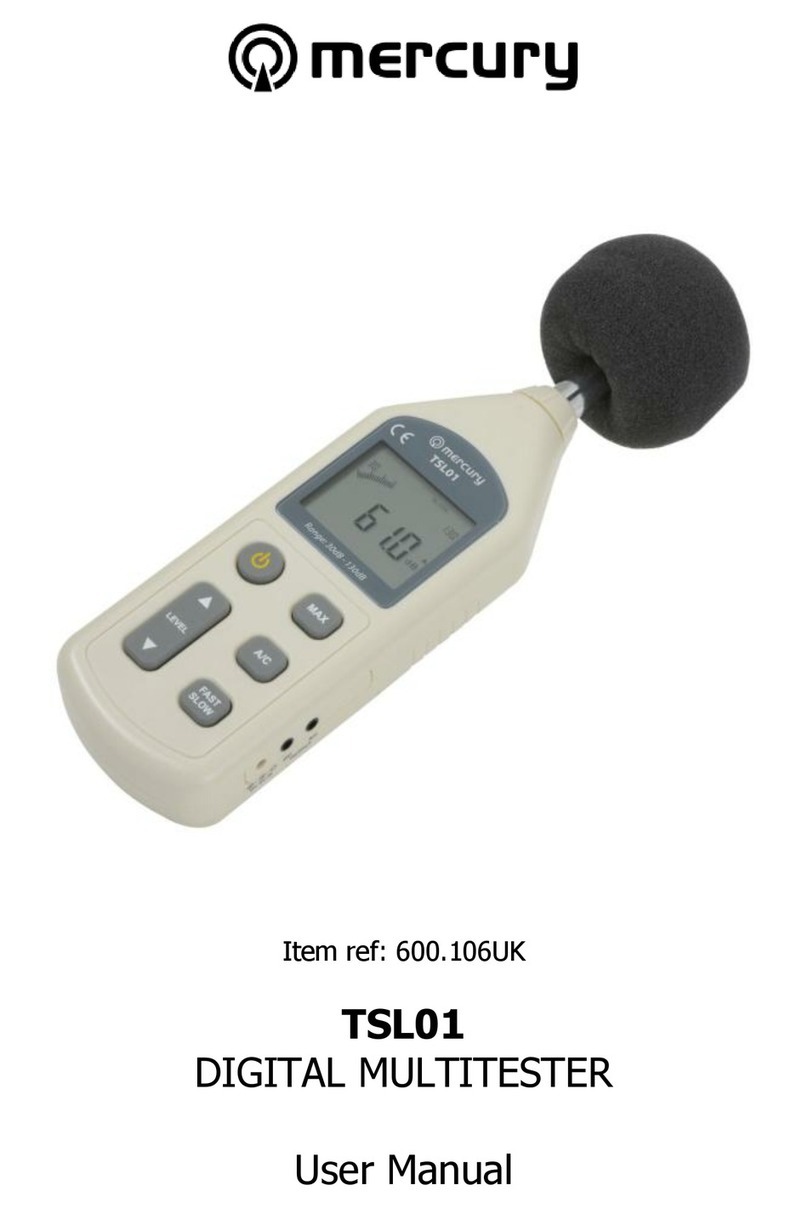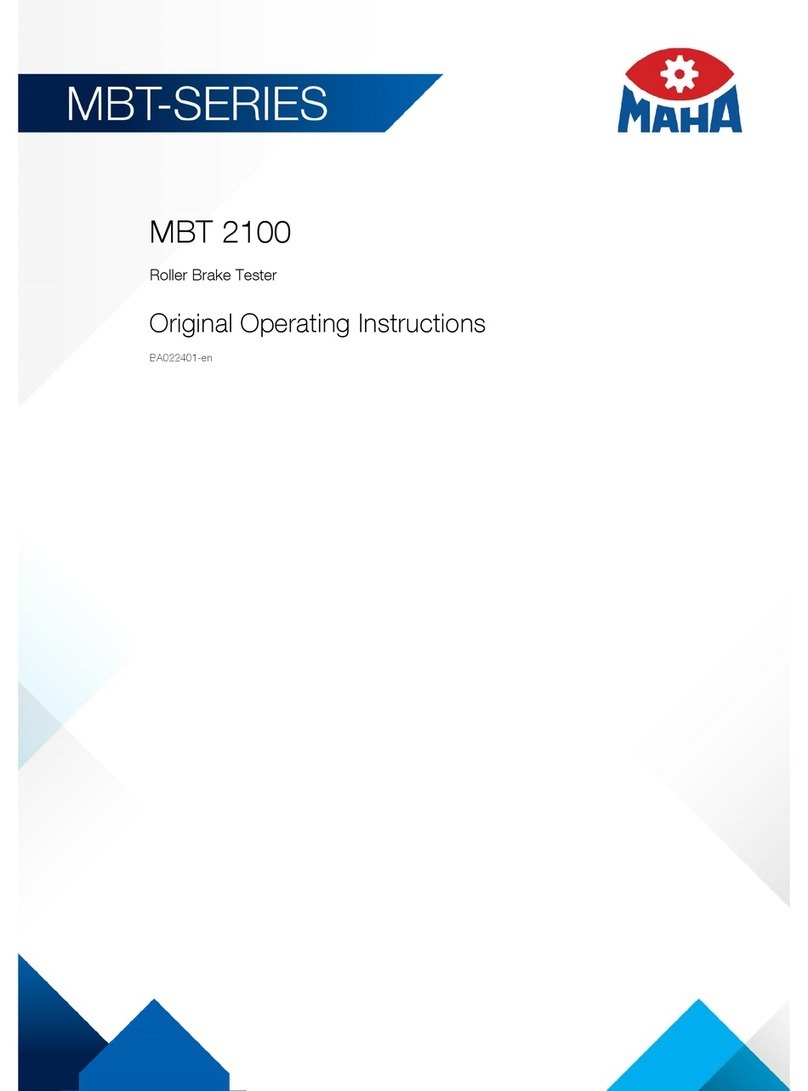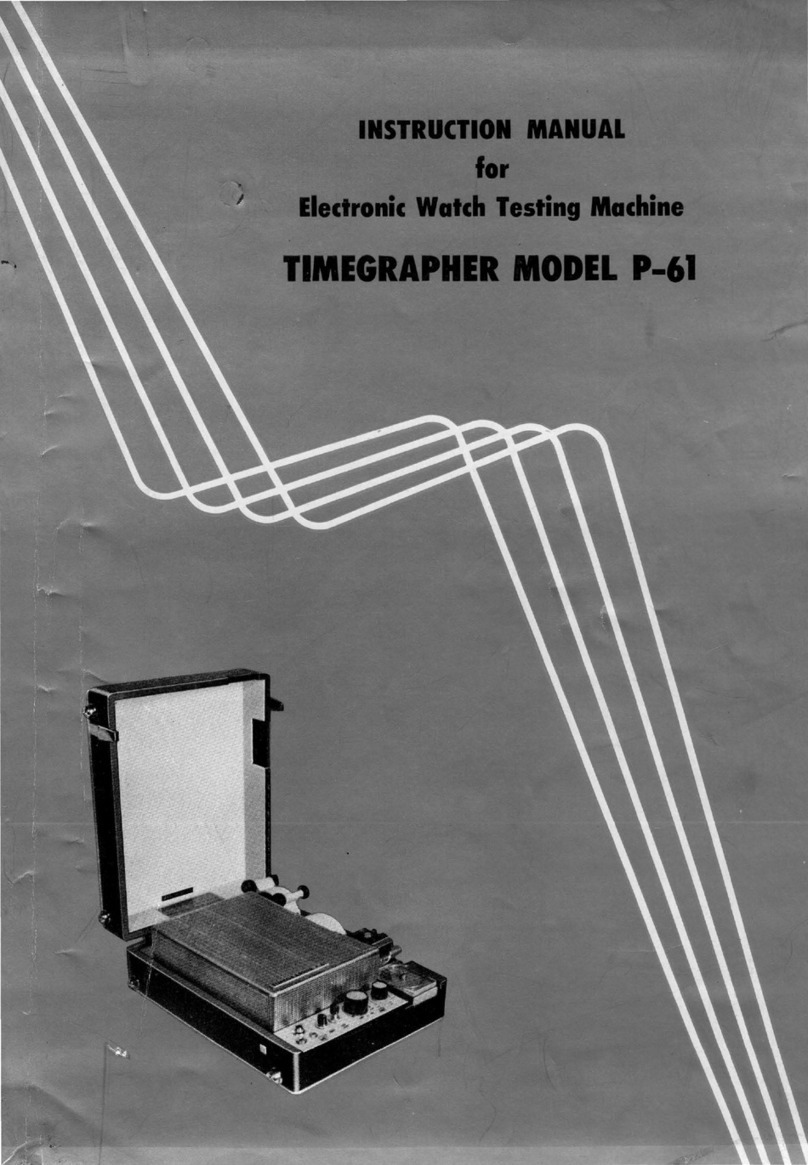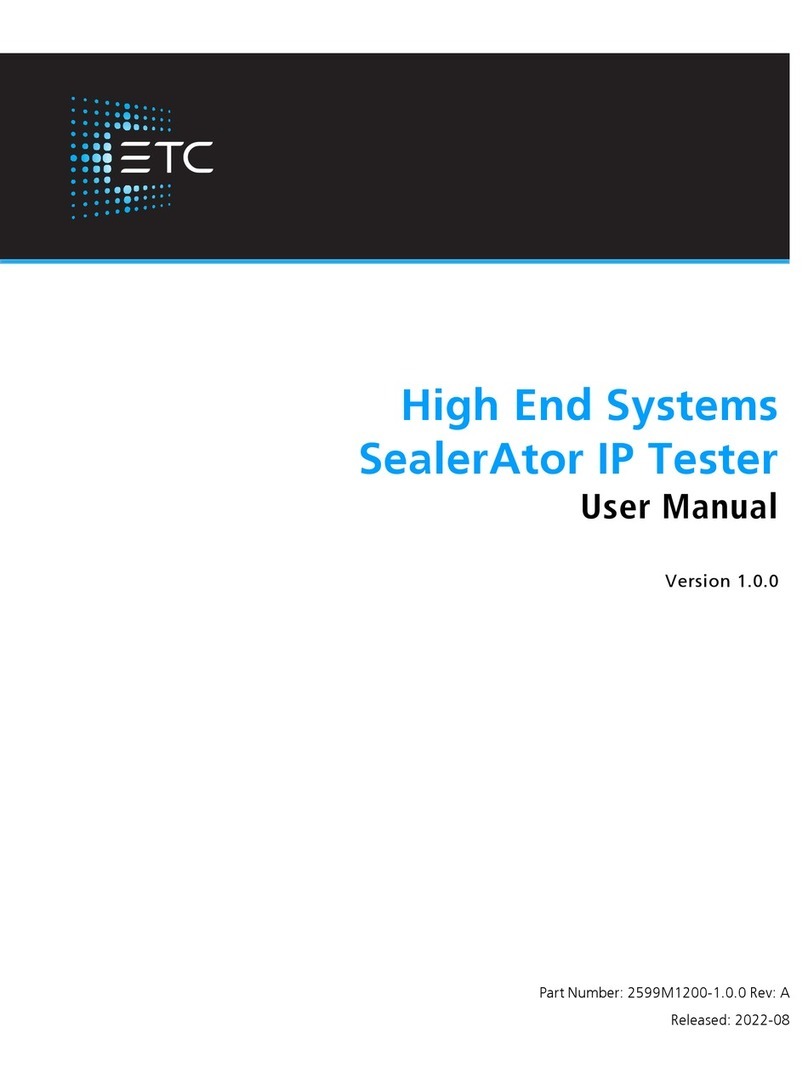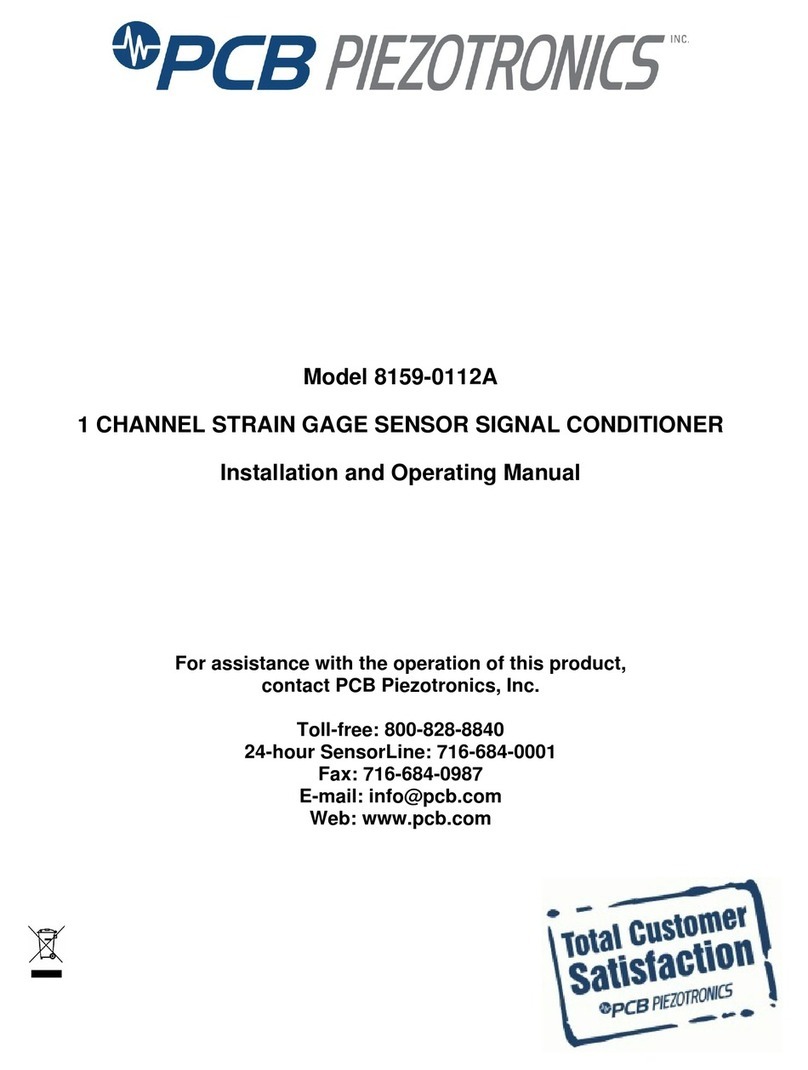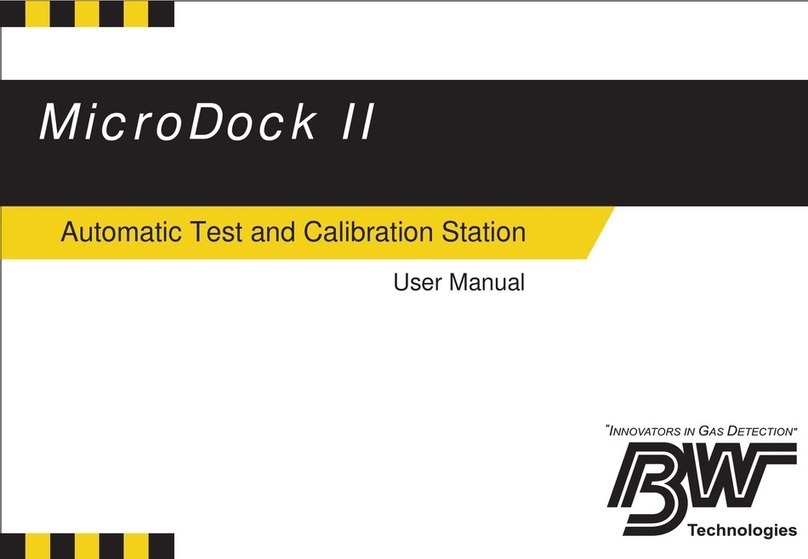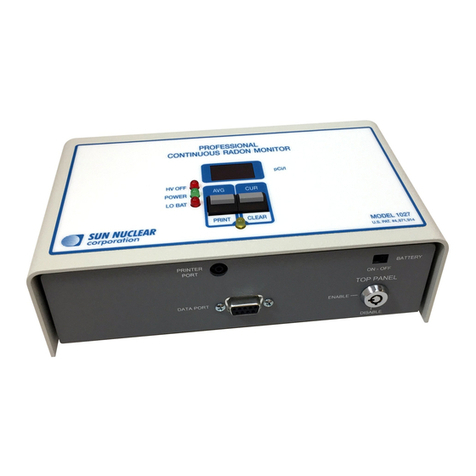
CONTENTS
1INTRODUCTION .......................................................................1-1
1.1 Application .................................................................................1-1
1.2 Application Guide for Fault Location..........................................1-4
1.2.1 Active Bridge .........................................................................1-5
1.2.2 Passive Wheatstone-Bridge ..................................................1-5
1.2.3 End to End Synchronic Measuring Method...........................1-5
1.3 General Features.......................................................................1-6
2KEYBOARD, SOCKETS AND LEDS .......................................2-1
2.1 Connectors & Balance Controls.................................................2-4
3OPERATING INSTRUCTIONS .................................................3-5
3.1 Start up and general rules .........................................................3-5
3.2 Calibration..................................................................................3-6
3.3 Storage and Recall of Measuring Results .................................3-8
3.4 Provided Special Actions after Measurements..........................3-9
4TDR MEASUREMENTS............................................................4-1
4.1 Principles of Operation ..............................................................4-1
4.2 Settings before Measurement....................................................4-3
4.3 Test of a Single Pair...................................................................4-6
4.4 Waveform Evaluation.................................................................4-7
4.5 Location of Cross Talk Points ....................................................4-8
4.6 Comparison of Two Pairs ..........................................................4-8
4.7 Comparison to Stored Result.....................................................4-9
4.8 Application Guide (General Hints for TDR) .............................4-10
4.9 Typical Waveforms ..................................................................4-11
4.10 Obtaining the Missing V/2 ...................................................4-15
5ACTIVE BRIDGE.......................................................................5-1
5.1 Interference Voltage Measurement (AC and DC)......................5-1
5.2 Resistance Measurements ........................................................5-2
5.2.1 Loop Resistance Measurement (2 WIRE).............................5-2
5.2.2 Loop Resistance Measurement (2-WIRE & GND) ................5-4
5.2.3 Resistance Difference Measurement ....................................5-5
5.2.4 Insulation Resistance Measurement .....................................5-6
5.3 Capacitance Measurements ......................................................5-8
5.3.1 Capacitance Measurement (2 WIRE)....................................5-9
5.3.2 Capacitance Measurement (2 WIRE&GND) .......................5-10
5.3.3 Capacitive Balance Measurement.......................................5-12
5.4 DC Fault Location with MURRAY Method...............................5-13
5.5 DC Fault Location with Küpfmüller Method .............................5-15
5.6 DC Fault Location with 3 Point Method ...................................5-18






